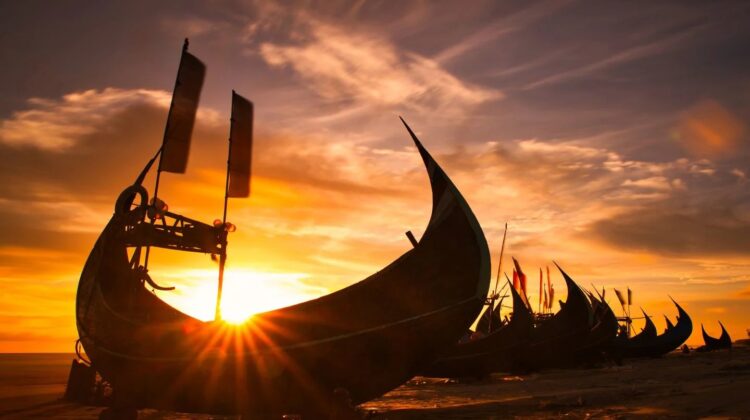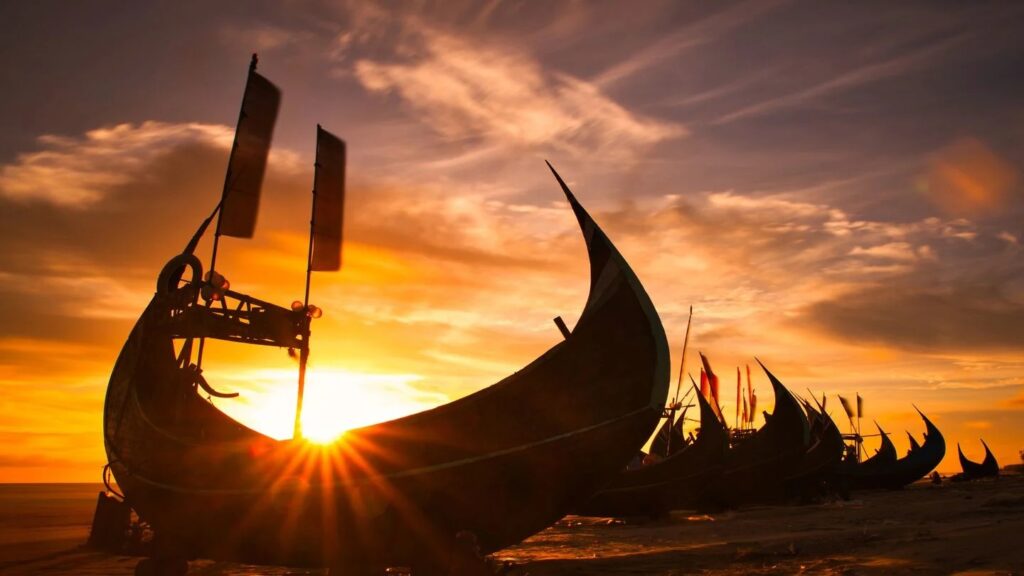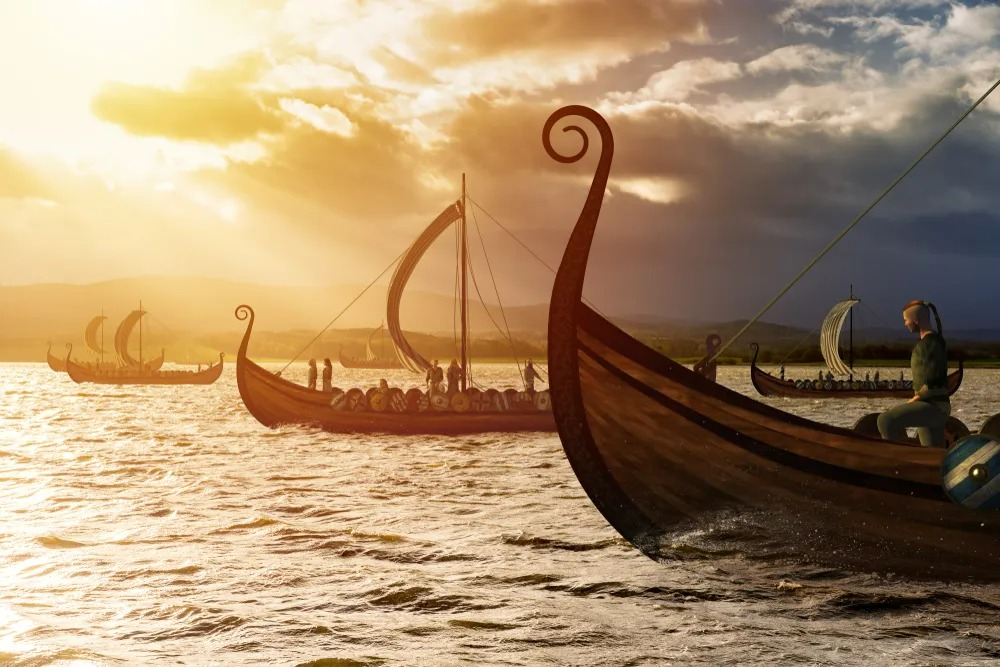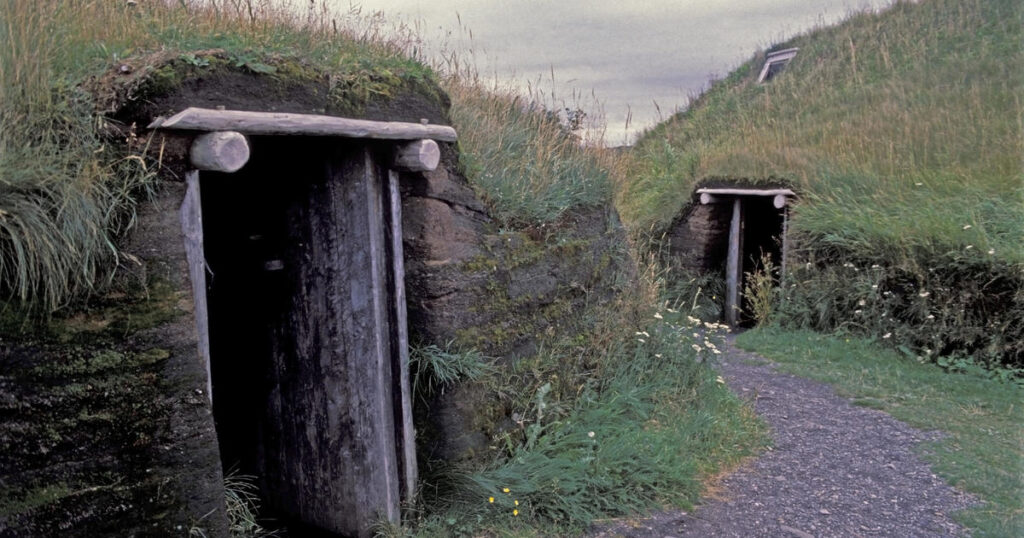
A groundbreaking discovery suggests that Vikings may have reached the Americas 500 years before Christopher Columbus, challenging historical narratives. Researchers, relying on evidence from tree species in Greenland, provide insights into the Vikings’ voyages and their exploitation of natural resources in North America.

Published in the journal Antiquity, a study from the University of Iceland reveals that Norse colonists in Greenland (985—1450 AD) imported timber for shipbuilding and construction. Elite farms, the study claims, accessed timber from Northern Europe and North America, supporting Viking legends of a trade route between Greenland and North America.
The key to this revelation lies in the identification of hemlock and jack pine—tree species not native to Greenland or Europe—in Greenlandic sites around 1000 AD. The presence of these species suggests their importation from North America, specifically from regions like New England, Nova Scotia, Quebec, and Ontario.

The study emphasizes that Norse Greenlanders possessed the knowledge, means, and vessels to traverse the Davis Strait to North America. This challenges the traditional view that Norse expeditions to North America ceased before Columbus’s journey.
“Journeys were being made from Greenland to North America throughout the entirety of the period of Norse settlement in Greenland, and resources were being acquired by the Norse from North America for far longer than previously thought,” assert the study authors.

Analyzing wood from various sites around 1000 AD, researchers examined the cellular structure to determine that approximately a quarter of the timber was either imported or arrived as driftwood. This discovery showcases the extensive connectivity across the medieval North Atlantic world, challenging conventional timelines and shedding light on the Vikings’ enduring presence in the Americas.

Leave a Reply